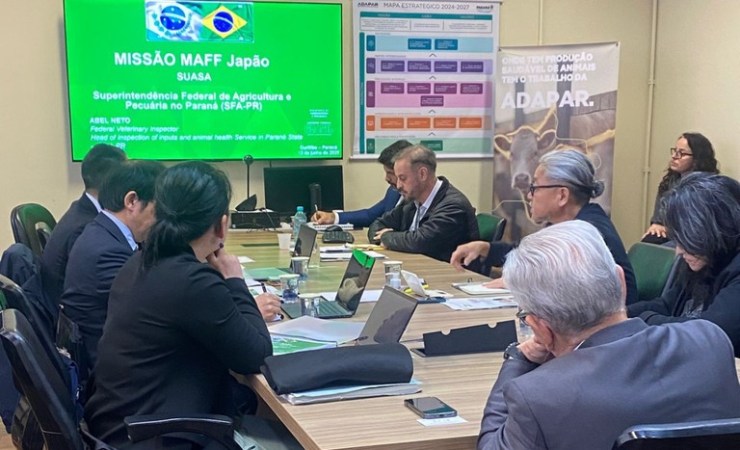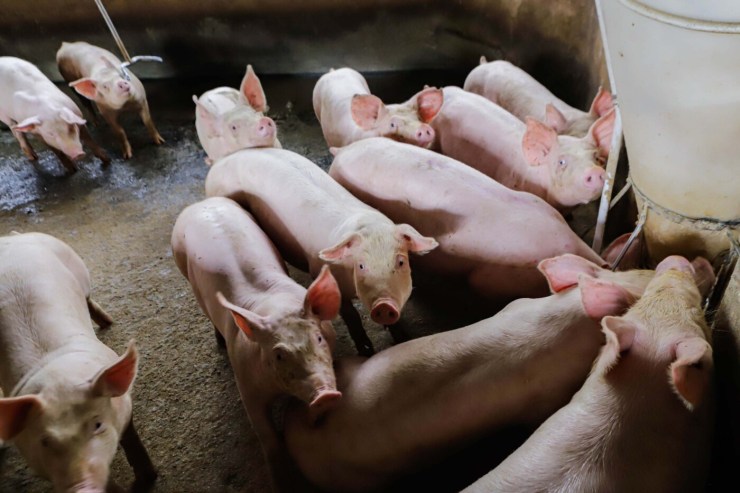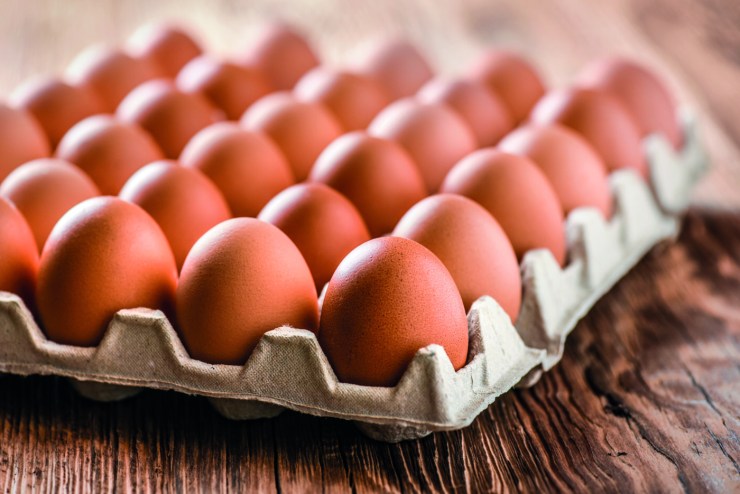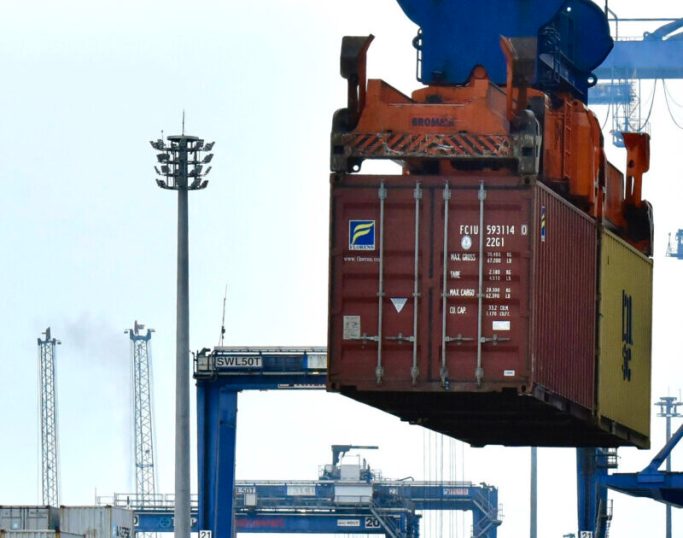* Roberto Kaefer and Paulo Cândido
Brazilian chicken exports have been performing consistently and indicate a gradual recovery. Preliminary trade balance data for the second week of August 2025 indicate growth in average daily shipments, reinforcing the strength of the national poultry industry on the international stage.

Roberto Kaefer, president of Sindiavipar
According to the Secretariat of Foreign Trade (Secex), the average daily value of Brazilian exports reached US$1.5 billion in the first two weeks of August. This represents an increase of US$131 billion compared to the same period last year, when the average was US$1.3 billion. Chicken exports increased by US$1,131 million, clearly indicating that shipments remain strong and well-received in the foreign market.
This performance is even more significant given the temporary suspension of purchases by strategic markets such as Chile, China, and the European Union. The continued pace of exports, even in this scenario, demonstrates the confidence of other markets in the quality and consistency of Brazilian products.
An analysis of the average daily agricultural exports, which exceeded US$1.9 billion (an increase of US$13.11 billion) in 2014, reinforces the importance of chicken meat in the sector's positive balance. Although official data does not yet break down by segment, the poultry industry's leading role in national agribusiness is undeniable.
Another relevant figure comes from July 2025, when chicken meat shipments totaled 399.6 thousand tons. Although the volume was 13.8% lower than that recorded in July 2024, it represented a significant increase of 16.3% compared to June of this year. This increase demonstrates the sector's continued progress in recovering its commercial footprint, albeit partially.
Market behavior indicates that, even without the release of strategic destinations, there is active demand and growing interest in Brazilian products. This movement should be closely monitored, especially for its potential to positively pressure prices, boost the production chain, and generate significant foreign exchange revenue for the country.

Paulo Cândido, executive director of Sindiavipar
Furthermore, the consistency of exports can be interpreted as a sign that the sector has adapted to changes in international flows. Market diversification, logistical agility, and the sanitary standards maintained by the Brazilian poultry industry are competitive advantages that contribute to sustained shipments.
Against this backdrop, Brazilian chicken meat reaffirms its strategic role in the global food trade. Maintaining high shipments, even with restrictions in key destinations, demonstrates the robustness of the production chain, the confidence of international markets, and the sector's ability to adapt to adverse circumstances.
With the expectation of a gradual reopening of markets such as China, Chile, and the European Union, the horizon is expanding. The trend is for Brazil to not only recover temporarily interrupted markets but also advance new agreements, further diversify its export portfolio, and consolidate a trajectory of sustained growth. The poultry sector is thus positioned as one of the most dynamic and promising pillars of national agribusiness.
*Paulo Cândido is the executive director of Sindiavipar – Union of Poultry Product Industries of the State of Paraná.
*Roberto Kaefer is president of Sindiavipar – Union of Poultry Product Industries of the State of Paraná.




